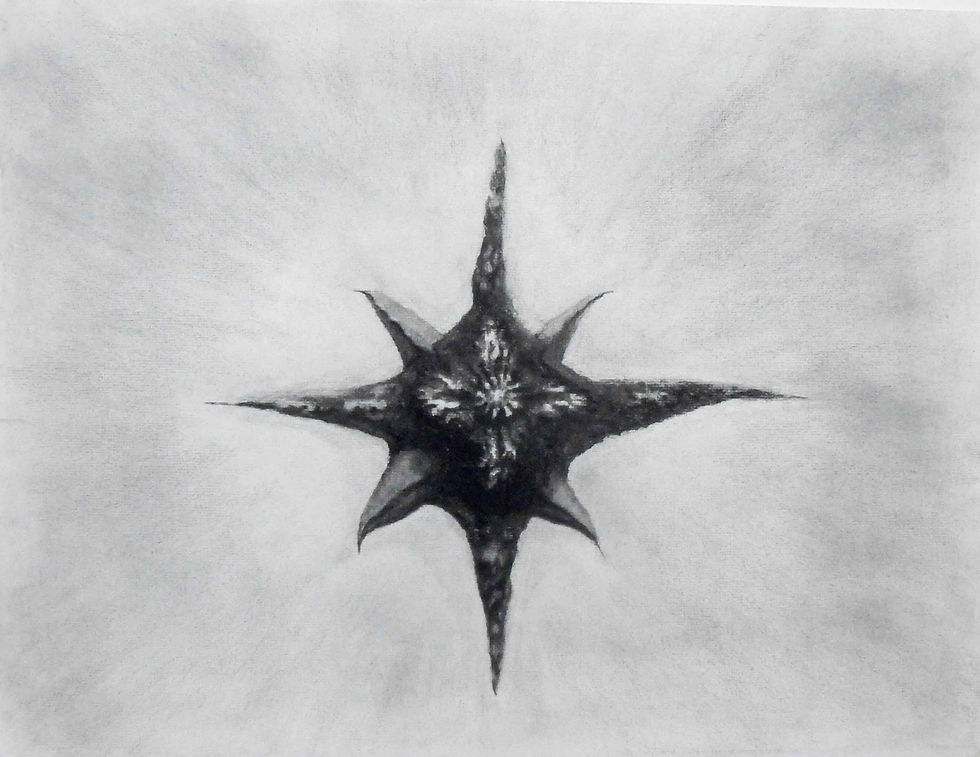Line and Edge Enhancement II: The Chevreul Effect and Lateral Inhibition
- Christopher Kuntz
- Nov 25, 2019
- 2 min read
Updated: Jan 27, 2020
This is the second in a series of non technical articles on line and edge enhancement, intended for artists and designers. Please read the afterimages post as well as this one.
Let's start with the remarkable picture below.

Each of the homogenous vertical gray strips appears much lighter on the left than on the right. This effect makes the right side of each strip dark, and the left side of each strip light. As a result, contrast at each border is greater than what a light meter would record. You are perceiving greater contrast and a more defined line at at each border than actually exists.
A useful simplified model for explaining this effect and for predicting approximately how it will behave is lateral inhibition. Photoreceptors send signals laterally (across the surface of the retina) as well as vertically (up the chain towards conscious perception). Lateral inhibition occurs when a photoreceptor sends the opposite signal laterally than it does up the chain toward perception.
Let's look at how lateral inhibition plays out in four situations: A bright point, a dark point, a dark line, and dark/light form.
1. Bright Point
The picture below represents an array of photoreceptors comprising small section of retina.

A bright point of light is focused on a photoreceptor:

In addition to sending out a "vertical" signal to the visual system for processing on the way to perception, the photoreceptor sends out a signal out "lateral" negative signals across the array of neighboring photoreceptors:

Which suppresses signals from neighboring photoreceptors.

This increases contrast.
II. Dark Point
Beginning again with an array of photoreceptors.

Darkness is focused on one photoreceptor

The photoreceptor sends out lateral excitatory signals:

Increasing the sensitivity of neighboring photoreceptors to ambient light. Again, contrast is increased.

III. Dark Line:
Beginning once again with an array of photoreceptors:

A dark line is focused on the retina.

Lateral excitatory signals are sent:

Brightening the surroundings.
IV: Dark and Light Form.
Beginning with a retinal array:

The retina is exposed to relatively dark and light images

The retina exposed to the bright image sends lateral suppressing, dark signals. The retina exposed to the dark images sends lateral excitatory, bright light signals.

Enhancing contrast at the border.

Let's go back to the Chevreul Effect.

As you look at this picture, appreciate again the difference in brightness in each band, and spend some time considering how this this is predicted by the model of lateral inhibition.
Appreciation of this will help you differentiate luminance from brightness. Luminance is what a light meter measures. Brightness is your subjective perception of the image. Luminance is objective. Brightness is what you subjectively perceive.

Coming up: That's not the whole story! A deeper look at Chevreul Effect.



Comments